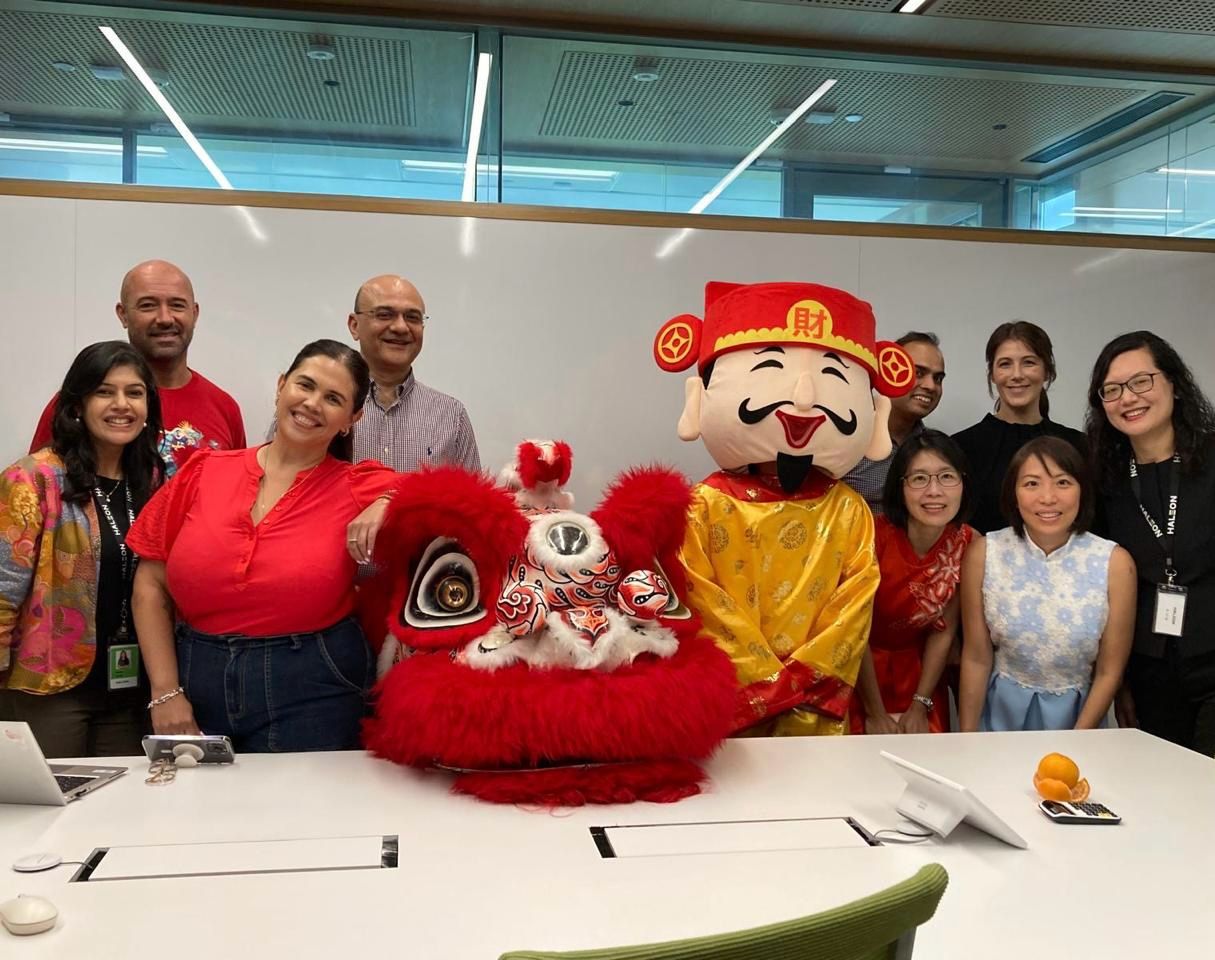Talent attraction begins with employer branding
- Shawn Liew

With job security stabilising globally, employees are beginning to rethink their priorities, including what they are seeking in their careers. For organisations, attracting and retaining talent becomes a growing challenge as they look to present themselves as an employer of choice.
Employer branding today, is an opportunity for employers to present a united front, alongside their corporate brand and culture, to show how the purpose of the organisation is manifested in the form of culture, said Ammara Naeem, Head of Client Success, Top Employers Institute.
Speaking with HRM Asia, she added, “Employer branding is usually depicted in the form of your EVP (Employee Value Proposition) – that speaks to everything an employee gets in exchange for their talent – just like your company’s value proposition does the same job for your customers.”
In 2021, there was a 10% increase in the number of Top Employers (certified by the Top Employers Institute) who linked their EVP to their organisation’s purpose. A “significant percentage” of organisations also evaluated their employer brand and their reputation as an employer through external ratings.
Naeem explained, “With the workforce becoming more fluid, the Internet has created a platform where employees have access to multiple opportunities and your potential candidates have access to different sources to read about you online and form perceptions, even before they consider applying.”
A well-executed employer branding strategy can bring about many benefits, including ensuring organisations target the right talent, get their message across, and retain existing employees.

“Ultimately, an employer branding strategy should focus on both external and internal audiences and in doing so, aim to ensure the messaging reflects what is the reality and the experience.” – Ammara Naeem, Head of Client Success, Top Employers Institute.
Naeem added, “Another benefit is that it helps in tying everything together and provide a unified experience across the journey of a candidate and employee. Ultimately, an employer branding strategy should focus on both external and internal audiences and in doing so, aim to ensure the messaging reflects what is the reality and the experience. In the long run, an effective employer branding strategy reduces the cost of hire because you are attracting the right people and keeping them for longer.”
Deploying effective employee branding strategies
More employees and potential candidates are now re-evaluating their jobs, roles, and employers, and asking, “Does this employer, this job, really fit into where I want to be?” Sensing the opportunity to capture the interest of these people, many organisations are re-branding their purpose, or highlighting it more, Naeem said.
She described, “If you look at SAP’s branding, it brings out their culture, what it means to interact with people at SAP and what it means to grow in the company. Their focus has been to bring that across in an authentic way.”
“Twitter was posting vacancies in the middle of the pandemic that said, ‘If your employer does not let you work from home, come join us – you can work anywhere.’”
These examples, Naeem explained, show the growing importance of employer branding strategies in the post-pandemic world. “On one hand, employers have a wider pool to tap into if remote work is the option but on the other hand, candidates have many potential employers to choose from,” she said. “This especially holds true for certain skillsets that every industry and organisation is looking for.”
Effective strategies, she added, will not only capture the essence and culture of the organisation, but will also help manage external reputation and perception online, with the provision that authenticity and transparency are present.
“Your employer brand should reflect what and who you really are as an employer,” Naeem advised. “Otherwise, you might get the candidates in but will not be able to retain them because their experience will not meet their expectations.”
Rewards should also move beyond just compensation to include employee development, wellbeing, inclusion, and sustainability, while organisations need to use the right tools and channels to know who and where their candidates are.
“In a post-pandemic world, you will use the usual targeted techniques and channels to get to the right candidates, but your messaging must reflect the new reality for your target group of candidates,” Naeem said.
Managing differing employee expectations to retain talent
With hybrid working continuing to grow, employers are obliged to create an environment where employees with different needs can thrive.
“Your candidates and employees will be looking for flexibility in work, wellbeing, and work-life balance,” Naeem suggested. “They will also be looking for developmental opportunities, inclusion, and psychological safety that leads to a culture where their diverse needs are considered.
In Asia-Pacific, the Top Employers Institute continues to see a slight lag when it comes to employers paying attention to the extended concept of wellbeing.
However, this has improved, as Naeem highlighted, “In the last few years, there has been an increase of almost 8% in the number of Top Employers in APAC that started incorporating mindfulness into their wellbeing initiatives. Additionally, about 7% more now offer an Employee Assistance Programme that provides a variety of counselling services.”
Much like how marketing strategies help organisations engage with customers, internal employer branding strategies can help engage and keep existing employees by translating organisational values and purpose into different experiences employees go through during their time with the organisation.
“A strong employer brand speaks to your employees and their perceptions,” Naeem explained. “Successful employer branding strategies use employees as ambassadors and use their stories to speak to potential candidates.”
She also identified employee-centric messaging, communication, and tone as key components of a successful employee branding strategy because if employees relate to the brand, it creates a sense of commitment and loyalty that ultimately leads to retention.
“Internal employer branding should also be linked with the employee lifecycle and various life events. The messaging and communication targeted at these various events positions you as an employer that understands the needs of its employees and is willing to support them, and that does wonders for employee retention,” Naeem concluded.
Top Employers Institute is the global authority in recognising excellence in People Practices. They help accelerate these practices to enrich the world of work. Through the Top Employers Institute Certification Programme, participating companies can be validated, certified and recognised as an employer of choice.
Established more than 30 years ago, Top Employers Institute has certified over 1,691 organisations in 120 countries/regions. These certified Top Employers positively impact the lives of over 7 million employees globally.
Top Employers Institute. For a better world of work. Click here to find out more.






